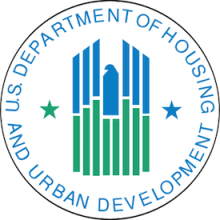Saint Louis Park is Prepared for the Fiber Future - Community Broadband Bits Podcast 219

Saint Louis Park, a compact community along the west side of Minneapolis, has built an impressive fiber network, a conduit system, and several deals with developers to ensure new apartment buildings will allow their tenants to choose among high speed Internet access providers. Chief Information Office Clint Pires joins me for Community Broadband Bits podcast 219. In one of our longest episodes, we discuss how Saint Louis Park started by partnering with other key entities to start its own fiber network, connecting key anchor institutions. Years later, it partnered with a firm for citywide solar-powered Wi-Fi but that partner failed to perform, leaving the community a bit disheartened, but in no way cowed. They continued to place conduit in the ground wherever possible and began striking deals with ISPs and landlords that began using the fiber and conduit to improve access for local businesses and residents. And they so impressed our previous podcast guest Travis Carter of US Internet, that he suggested we interview them for this show. Clint Pires has learned many lessons over the years and now we hope other communities will take his wisdom to heart. Well-managed communities can make smart investments that will save taxpayer dollars and drive investment in better networks.
This show is 40 minutes long and can be played on this page or via Apple Podcasts or the tool of your choice using this feed.
Transcript below.
We want your feedback and suggestions for the show-please e-mail us or leave a comment below.
Listen to other episodes here or view all episodes in our index. See other podcasts from the Institute for Local Self-Reliance here.
Thanks to Roller Genoa for the music, licensed using Creative Commons. The song is "Safe and Warm in Hunter's Arms."


